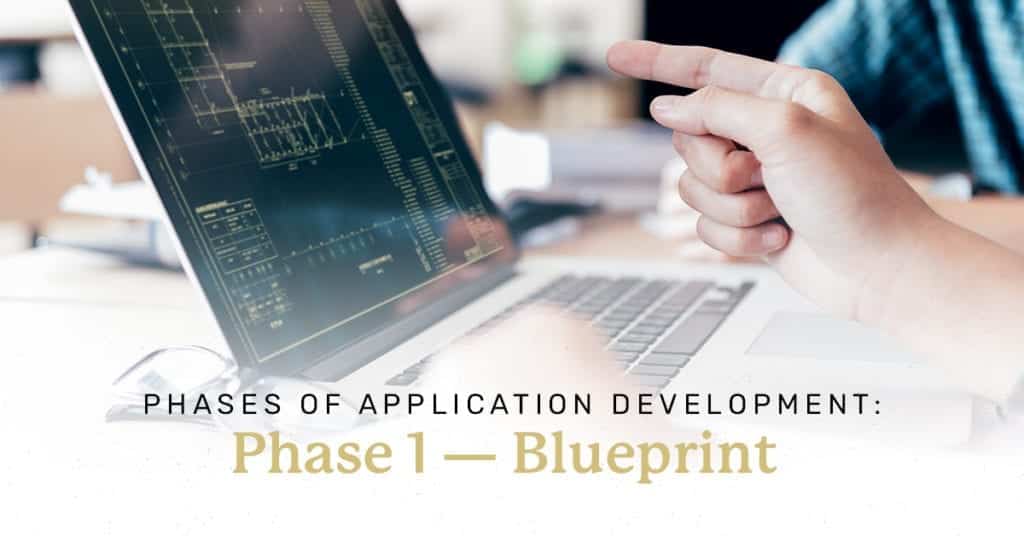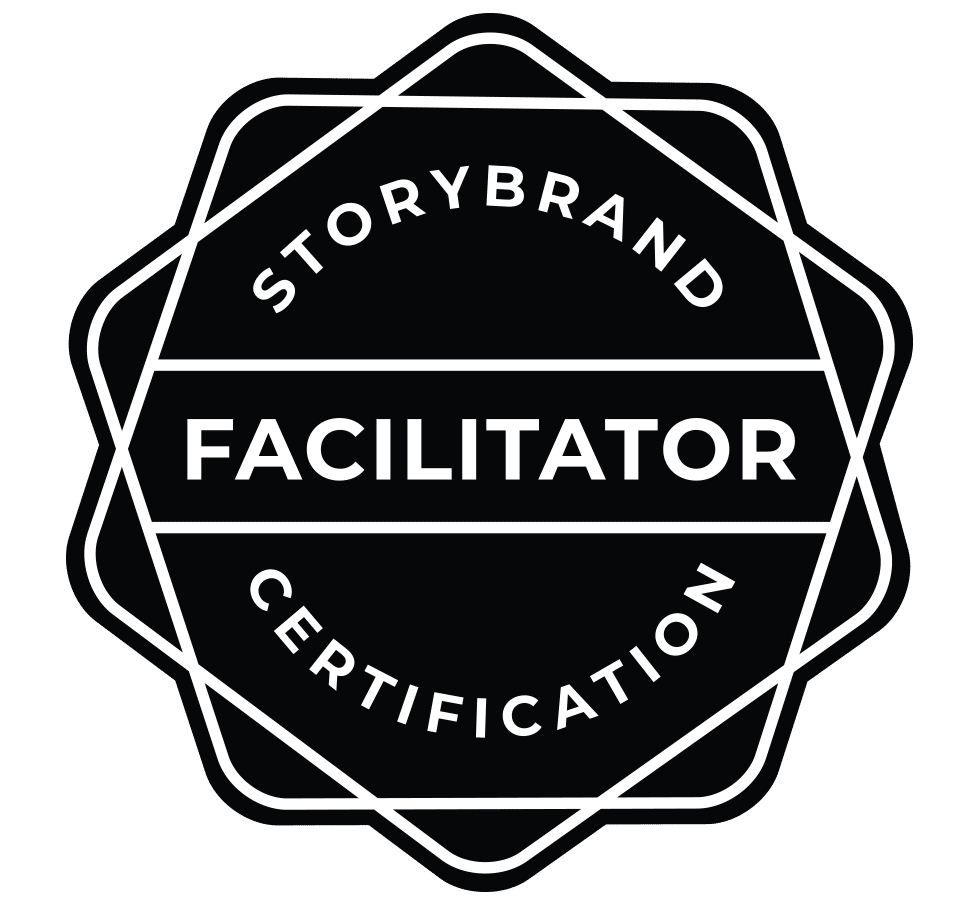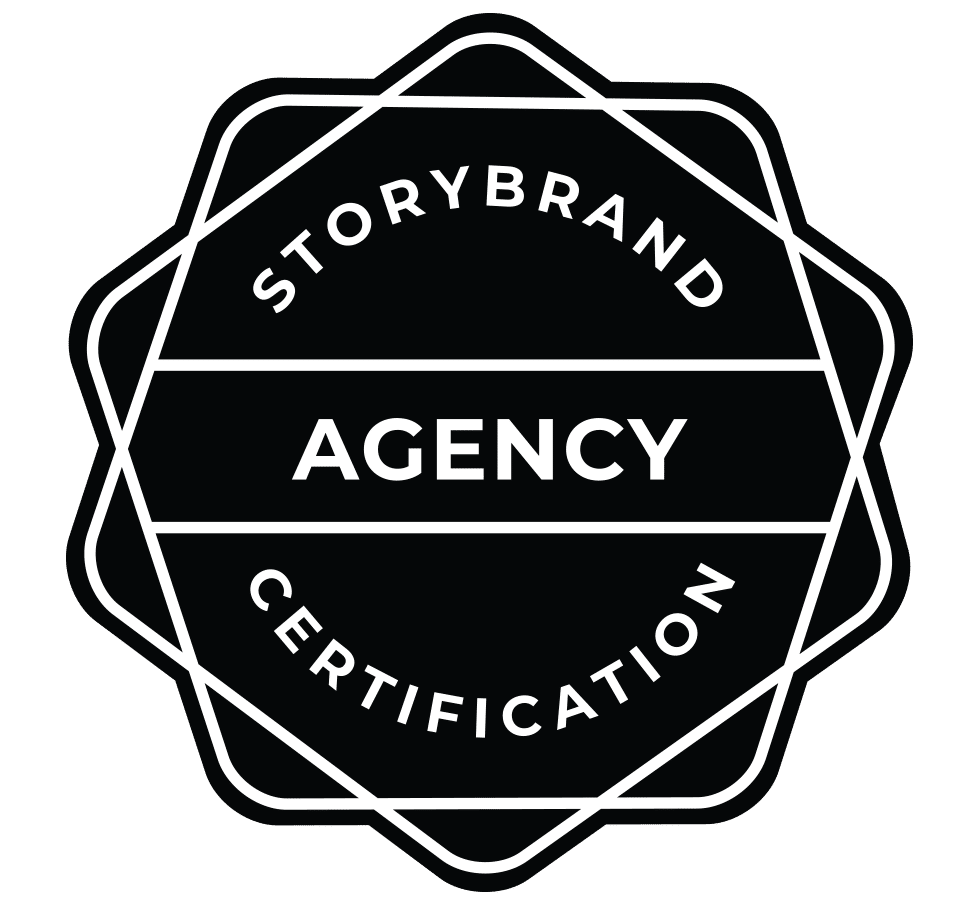Introduction
The key to developing a successful web application is knowing what the client needs and how the team is going to accomplish delivering the right product. According to Totally Communications, “Project scope is the part of project planning that involves determining and documenting a list of specific project goals, deliverables, features, functions, tasks, deadlines, and ultimately costs.” At Business Builders, we have blueprints, crafted as a process to properly scope the project and deliver what our clients need.
Just as we need a blueprint to build a house, we need a clear blueprint to build web applications. Rob Harr with SparkBox notes, “The biggest risk to software projects is building the wrong thing.” Our process follows the steps below to create a strong outline of the project and secure alignment between the client stakeholders and our development team.
Blueprint Prep Work
Our first step in the blueprint process is the prep work. During this phase, we like to meet one-on-one with each of the stakeholders to hear their thoughts on the project individually.
At this time, we like to learn about the stakeholder and their role within the company, their pain points with their current application (or lack thereof), and get their thoughts on potential roadblocks with the project.
We also discuss their goals and markers of success on the project. This step is valuable for creating space for each stakeholder to be heard and giving our team a well-rounded understanding of the company, team, project, and any risks involved.
By doing this, we set the project up for success from the very start.
Additionally, we evaluate the current site analytics to gain an understanding of their traffic, users within their application, and spike periods. Sifting through this data helps us understand their program better and have a clear understanding of what they’ll need to support their users in the new application.
Last but not least, we complete user research and behavior. We typically do this by working with the stakeholders to create a survey that is sent to their current application users. Getting feedback from the users themselves adds even more to our understanding of pain points, features that the users like, and features they’d love to see in the future. In turn, it helps us produce the best application possible.
Blueprint Meeting
Our next step in the blueprint process is a meeting with the stakeholder team, which runs about four hours. We like to get our team in a room with the client’s team and dive deep into the client’s company history, goals for their application, and design preferences.
Meeting in person for a dedicated block of time gives us the focused space to understand what the client needs so we can build the best product for them. We’re able to map out functionalities, preferences, and special features for the application and streamline it all into phases of development based on priority.
This is a fun step, as it gets our whole team involved as well as the client’s team through a sticky note exercise. By the end of the blueprint meeting, the teams have built clarity and come to an agreement about what’s going to be built, how it’s going to be built, and what the priorities are.
Blueprint Document
The final step of the blueprint process is creating a blueprint document for the project. This document clearly outlines what we covered in the blueprint meeting, from goals and priorities to features and design direction.
We break the project down into phases of work, starting with the foundational first phase. This phase encompasses the most important features of the application and sets a strong foundation for us to continue building upon in future phases.
The blueprint outlines the first phase features, describes the plan we have to implement the features, notes the time involved, and includes the cost estimate for each phase. It serves as a quote for the client and provides a scope for the project!
Putting It All Together: Developing a Successful Web Application
The key to developing a successful web application is knowing what the client needs and how our team is going to accomplish delivering the right product. This blueprint process allows us to do just that! We research, outline, strategize, plan, and kickoff the project through the blueprint process. Because we’ve created a clear plan to build the foundation of the application, the project is bound to have a successful outcome.
If you’re looking to build a custom web application for your business, get in touch with our team today! We’d love to walk through the blueprint process with you and create a helpful application for your business that improves efficiency.









